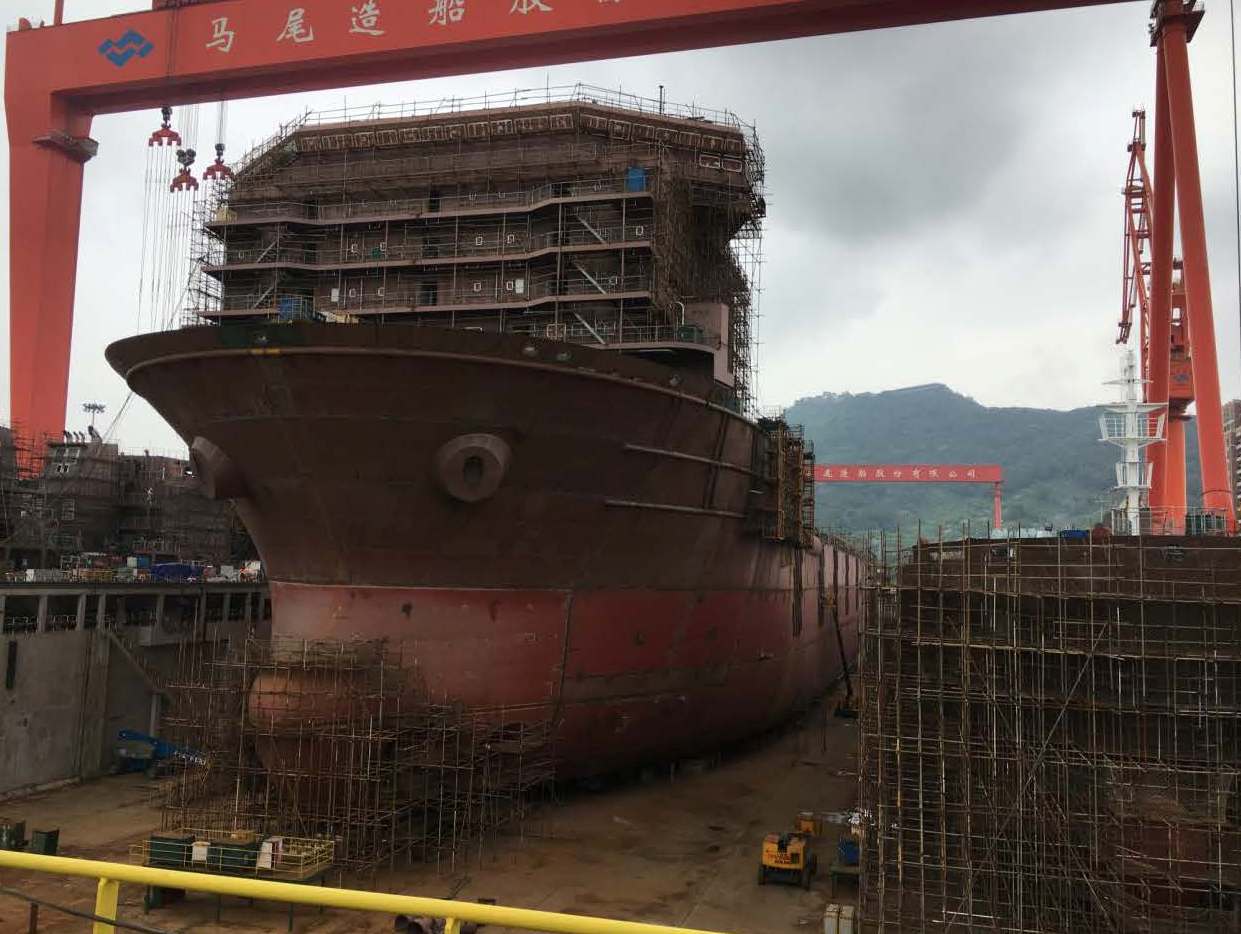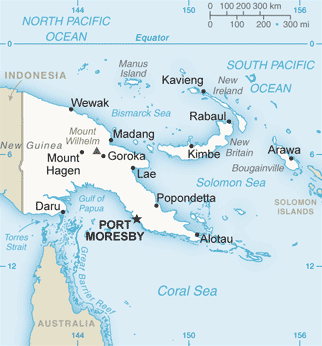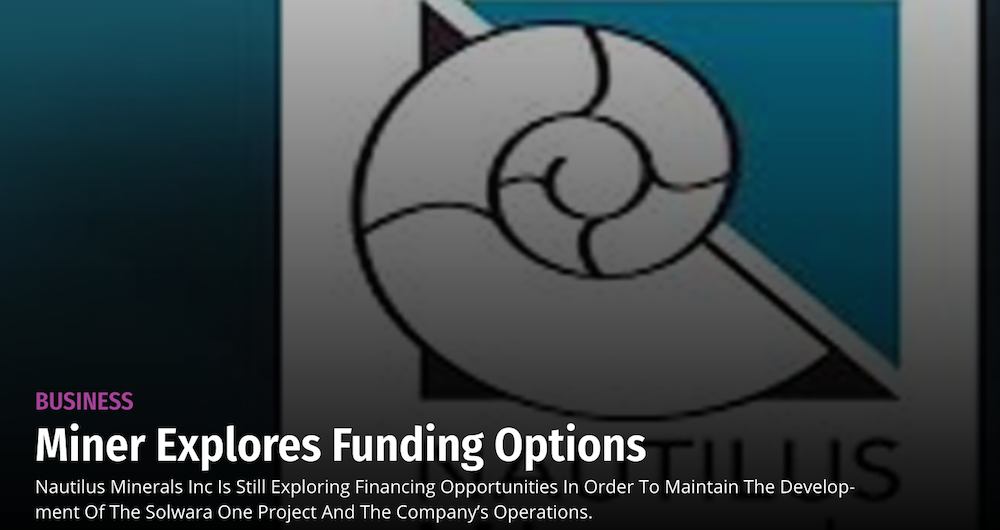Last month brought grim news for the struggling Nautilus Minerals, once hailed as the world’s first viable deep-sea mining company. While ISA delegates were gathered in Jamaica, news broke that Nautilus secured relief from its creditors while it sought to restructure the company.
Nautilus’s assets, including equipment, intellectual property, and mining leases are being auctioned through PricewaterhouseCoopers. The Deep-sea Mining Observer reached out to our contact at Nautilus, who reported that “we are still hoping that we are successful in entering into a joint venture transaction with our potential counterparty in China (as discussed in the court petition). Alternatively, if we sell one or the other of our business units (again, as discussed in the petition) we could continue on as a public company after June focused on the remaining business unit. However, there is no assurance that either of these scenarios will materialize.”
Activists on the ground in Papua New Guinea are claiming victory against the Solwara I prospect. “The longer Nautilus is delayed and tied up in in protecting itself from bankruptcy, the longer they are in debt and not able to get Solwara I up and operating, and the closer we are to stopping the project and protecting our livelihoods and seas,” says Jonathan Mesulam of the Alliance of Solwara Warriors.
How this restructuring will affect the government of Papua New Guinea, who still owns a 15% stake in the Solwara I project as well as physical equipment is not yet clear. Sources within the PNG government declined to comment.
Nautilus has been in dire straits before, and I have learned never to underestimate their ability to recover from seemingly insurmountable challenges. What is clear though is that, if the once vaunted mining company endures, it will persist in a very different form from what it was a few short years ago.
A decade ago, it seemed certain that, due largely to Nautilus’s license within the territorial waters of Papua New Guinea, seafloor massive sulphides would be the first deep-sea mineral resource to be mined commercially. Now, with those prospects fading, and future developments in Japan and the Indian Ocean far from production at scale, all eyes turn to the polymetallic nodule miners to set the standard for economically and environmentally sustainable mining in the deep ocean.





